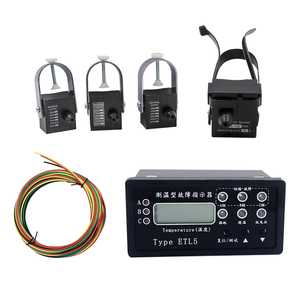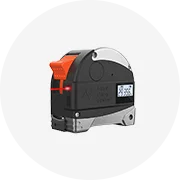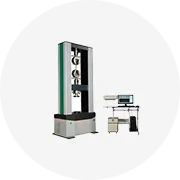Introduction to Short Circuit Earth Fault Indicator
A short circuit earth fault indicator is an essential component in electrical safety, designed to monitor and indicate fault conditions in electrical installations. These devices provide timely alerts to prevent catastrophic failures that can lead to equipment damage, personal injury, or fires. By continuously measuring electrical flow and comparing it to predefined thresholds, they ensure operational integrity and safety across various applications.
Types of Short Circuit Earth Fault Indicators
- Analog Indicators: These traditional devices use a needle and scale to display fault measurement visually.
- Digital Indicators: Offering a more advanced approach, digital short circuit earth fault indicators provide numerical readings and enhanced accuracy.
- Wireless Indicators: Utilizing Bluetooth or other wireless technologies, these indicators can send alerts to smartphones or other devices remotely.
- Integrated Indicators: Often built into circuit breakers or switches, these devices combine functionality to save space and enhance efficiency.
Applications of Short Circuit Earth Fault Indicators
- Industrial Facilities: Used to monitor machinery and ensure safe operation in factories and production lines.
- Residential Installations: Protecting homes from electrical faults that could cause potential hazards.
- Commercial Buildings: Essential for large offices and buildings with complex electrical systems to monitor potential faults.
- Renewable Energy Systems: Employed in solar and wind energy setups to detect earth faults quickly and effectively.
Features and Advantages of Short Circuit Earth Fault Indicators
- Real-Time Monitoring: Provides continuous observation of electrical systems, allowing for immediate response to faults.
- Easy Installation: Often designed for quick fitment in existing systems, making upgrades straightforward and hassle-free.
- Enhanced Safety: Reduces the risk of electric shocks and fire hazards, protecting both personnel and property.
- Data Logging Capabilities: Many models are equipped with data logging features, providing historical analysis and reporting functions.
- Cost-Effective: By preventing equipment damage and ensuring safe operations, organizations can save on costly repairs and insurance premiums.


















































































































































































































































 浙公网安备 33010002000092号
浙公网安备 33010002000092号 浙B2-20120091-4
浙B2-20120091-4